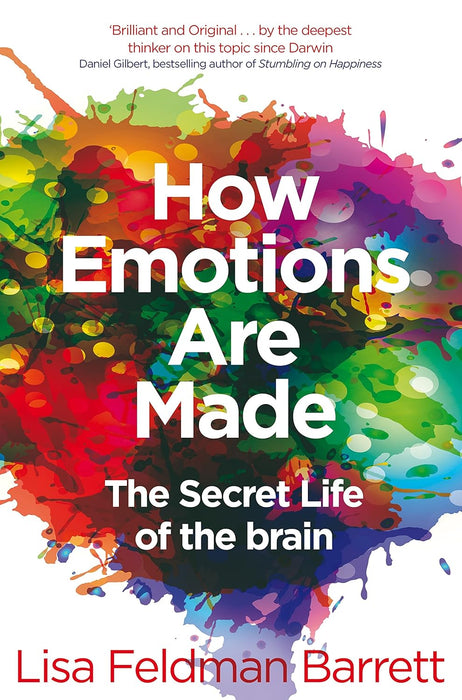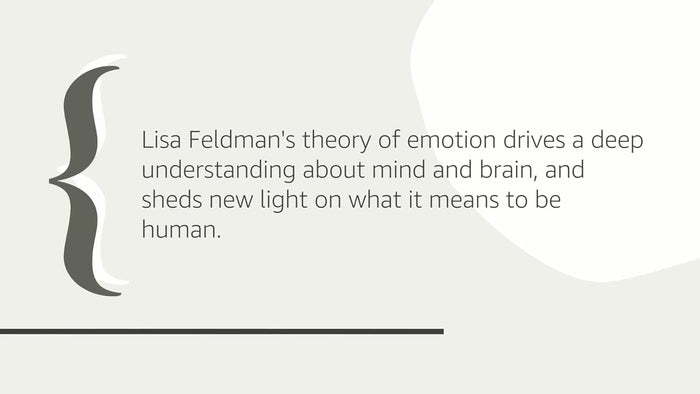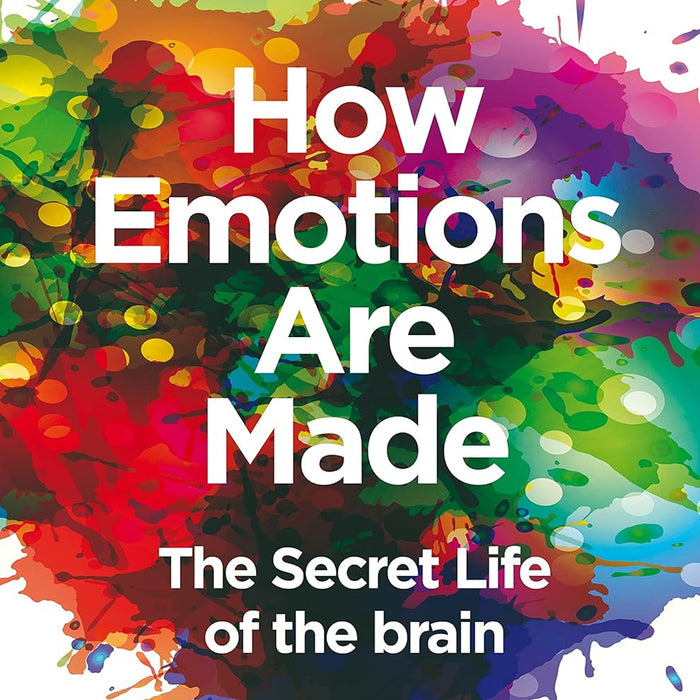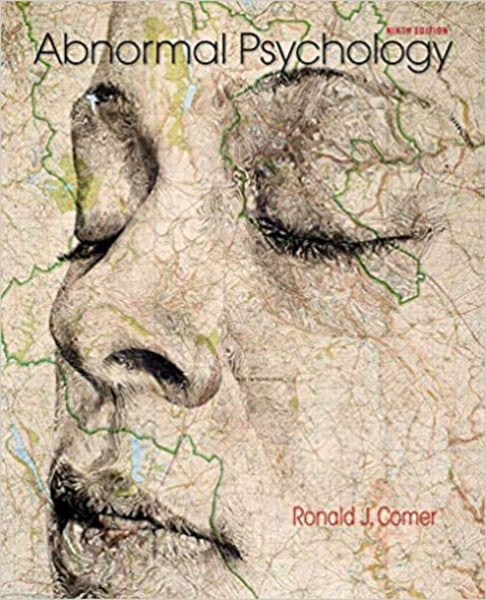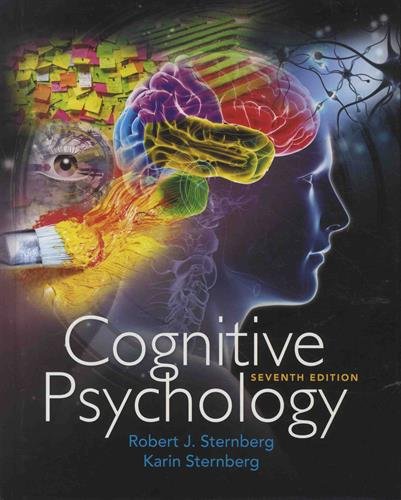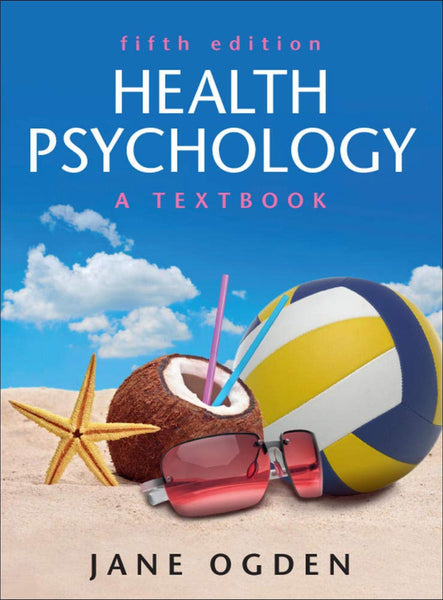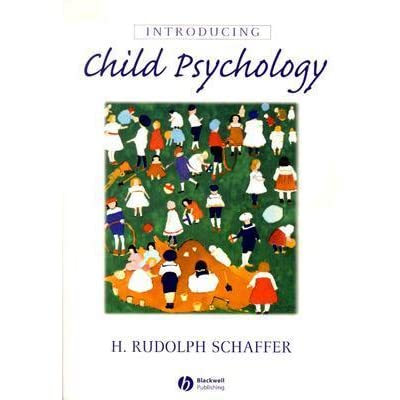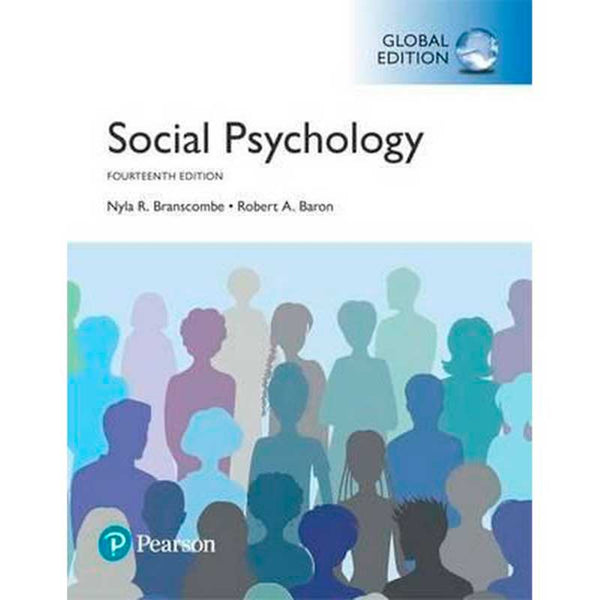How Emotions Are Made: The Secret Life of the Brain by Lisa Feldman Barrett (Author)
- Publisher: ENGLISH GENERAL BOOKS
- Availability: In Stock
- SKU: 59083
- Number of Pages: 448
Rs.600.00
Rs.795.00
Tags: Affective Science , best books , Best Price , Best Selling Books , Brain and Emotions , Brain Chemistry , Brain Functioning , Brain Plasticity , Cognitive Psychology , Consciousness and Emotions , Emotion and Behavior , Emotion Formation , Emotion Regulation , Emotional Construction , Emotional Development , Emotional Experience , Emotional Intelligence , Emotional Interpretation , Emotional Perception , Emotional Processing , Emotional Psychology , Emotional Response , Emotional States , Emotional Variation , How Emotions Are Made , How Emotions Are Made Book , Lisa Feldman Barrett , Mind and Brain , Mind-Body Connection , Neural Pathways , Neuroscience of Emotions , Neuroscience Research , ONLINE BOOKS , Online Bookshop , Psychological Constructs , Psychological Theory , Role of Culture in Emotions , The Secret Life of the Brain
How Emotions Are Made: The Secret Life of the Brain
Author: Lisa Feldman Barrett
A+ QUALITy
Introduction
How Emotions Are Made by Lisa Feldman Barrett challenges traditional views of emotions, arguing that they are not hardwired into the brain but are constructed by the brain based on past experiences, cultural influences, and personal context. Barrett introduces the theory of constructed emotion, which suggests that emotions are not universal biological responses but rather predictions made by the brain to interpret and respond to the world. Through a blend of neuroscience, psychology, and personal anecdotes, Barrett explores how emotions are formed, why they differ across individuals and cultures, and how understanding their construction can improve emotional intelligence and mental health.
Key Points
-
Theory of Constructed Emotion
- Barrett argues that emotions are not pre-programmed biological responses but are created by the brain as it interprets sensory input, past experiences, and cultural context.
-
Role of Prediction in Emotion
- The brain constantly predicts what will happen next and adjusts emotional responses based on these predictions rather than simply reacting to external stimuli.
-
Variability of Emotions
- Emotions vary from person to person and culture to culture because they are shaped by personal experiences and social norms, not by universal biological patterns.
-
Impact of Language on Emotion
- Language plays a crucial role in shaping emotional experiences by helping the brain categorize and label feelings, influencing how emotions are experienced and understood.
-
Emotional Granularity and Mental Health
- The ability to accurately identify and differentiate emotions (emotional granularity) leads to better emotional regulation, resilience, and mental health.
Why Read This Book
This book challenges widely held beliefs about emotions, providing a groundbreaking perspective backed by neuroscience and research. Barrett’s insights help readers understand the complexity of emotions and how mastering emotional granularity can improve communication, decision-making, and mental well-being.
Conclusion
How Emotions Are Made offers a revolutionary understanding of emotions, shifting the focus from biological inevitability to psychological construction. Barrett’s research encourages readers to rethink how they experience and manage emotions, offering practical tools to enhance emotional awareness and mental health.

